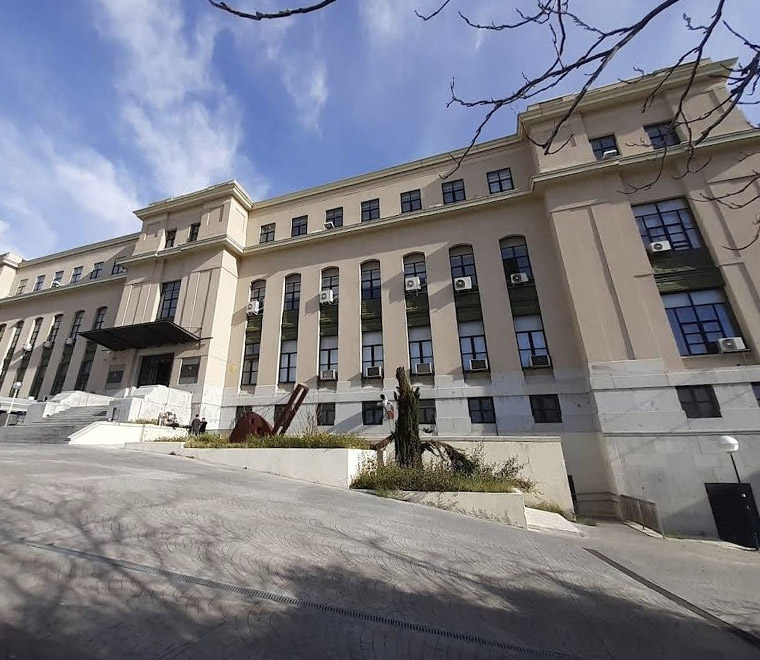92
Escuela Técnica Superior de Ingenieros de Caminos, Canales y Puertos
Universidad Politécnica de Madrid (Campus Retiro)
The historic building that now houses one of the branches of the Higher Technical School of Civil Engineering of the Polytechnic University of Madrid was built in 1922 to house the Cajal Institute.
In 1900, the government decided to set up a laboratory headed by Santiago Ramón y Cajal known as the Biological Research Laboratory. The laboratory was moved to several locations, one of the most relevant of which was the Anthropological Museum.
In 1920, Alfonso XIII signed a Royal Decree establishing the Cajal Institute, which would include the Biological Research Laboratory, the Laboratory of Experimental Physiology, Neuropathology and Histology, and the laboratories of the Museum of Natural Sciences that the management of the Cajal Institute considered necessary.
The premises of the Cajal Institute were located in Cerrillo de San Blas, very close to the Royal Astronomical Observatory. Work on the building, designed by the architect Francisco Javier de Luque, began in 1922 and was completed in 1932. The Institute’s staff moved into it in 1933.
In 1957, the Cajal Institute, now part of the Spanish National Research Council (CSIC), moved to new premises. In the 1960s, the School of Civil Engineers moved to the University City Campus, and the School of Public Works Experts moved into the nearby Cajal Institute building.
Today, Degree studies in Civil and Territorial Engineering are taught in the Retiro Building of the School of Civil Engineering.

© Universidad Politécnica de Madrid

